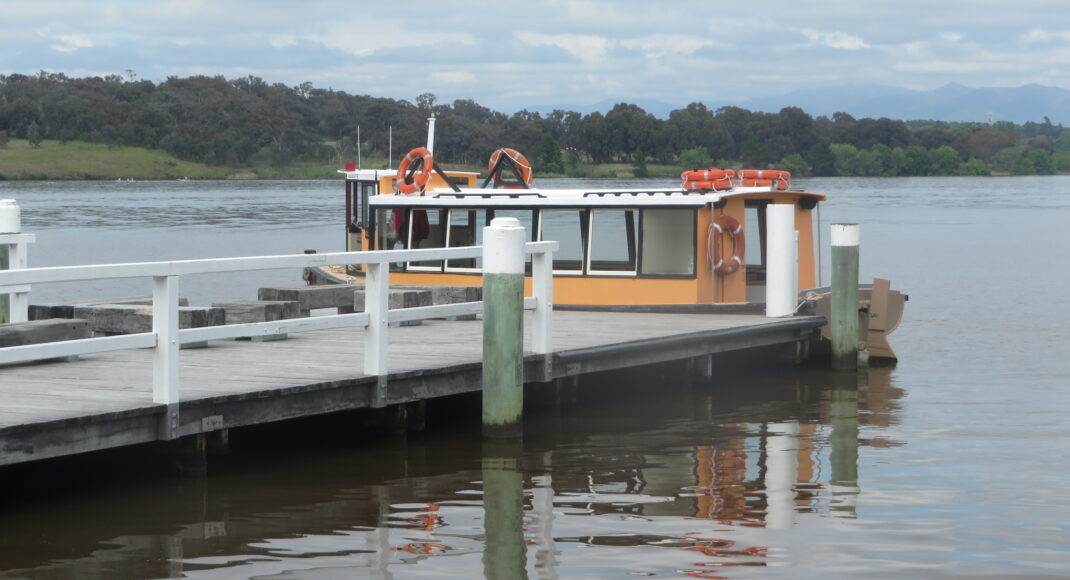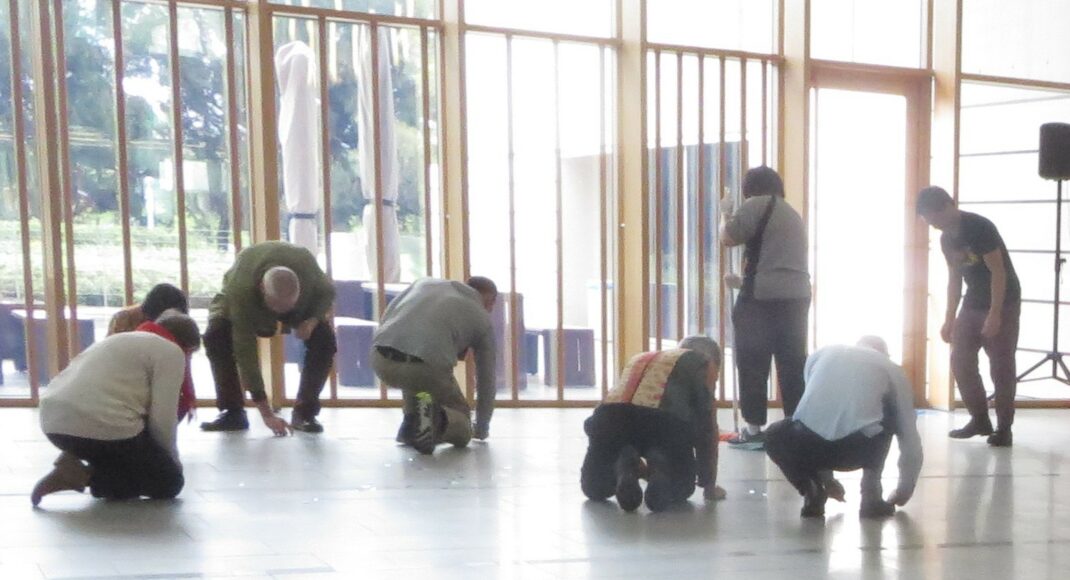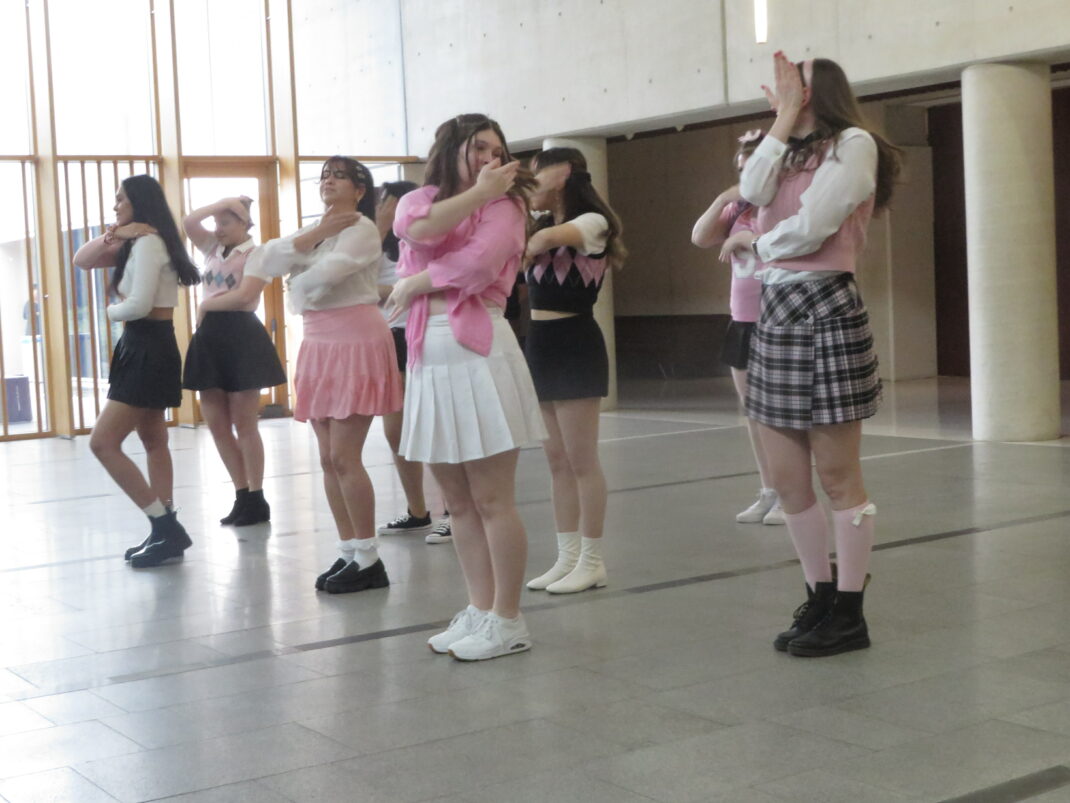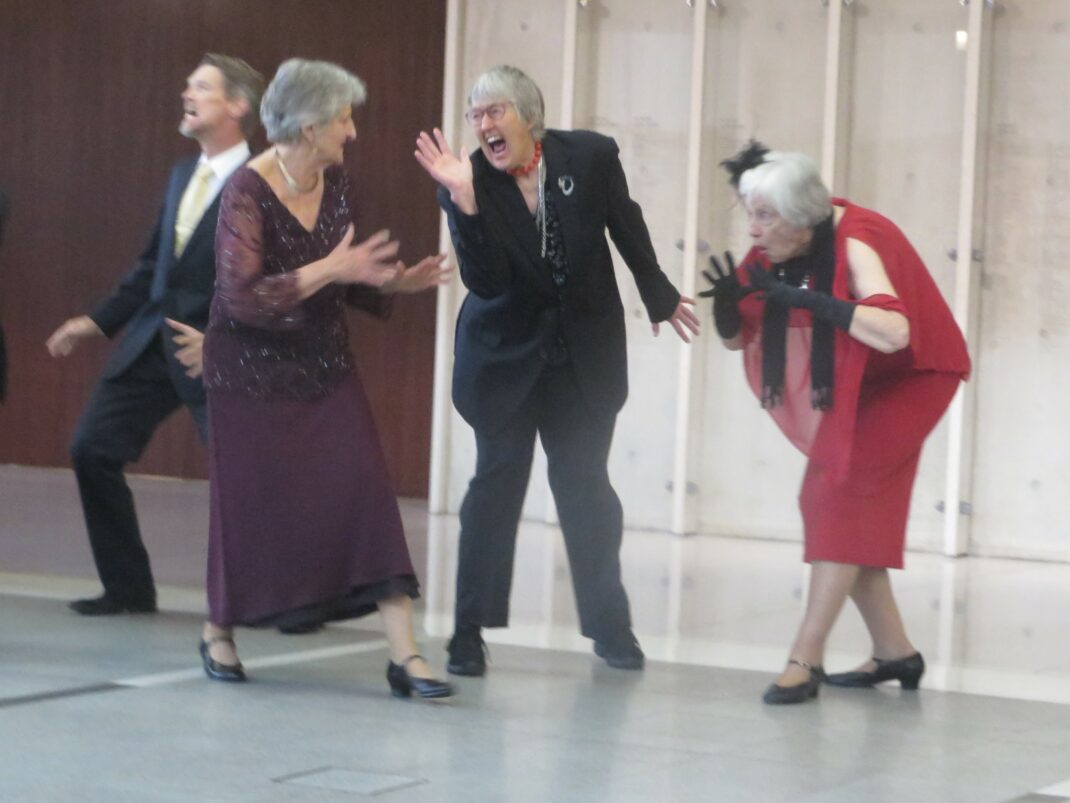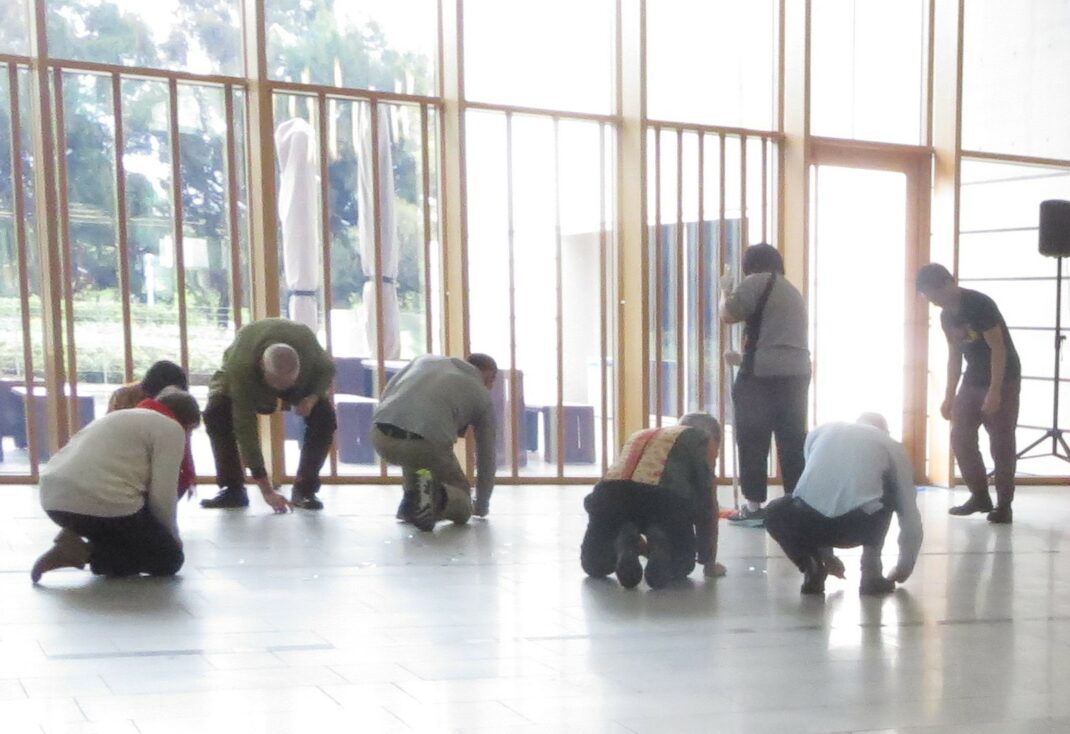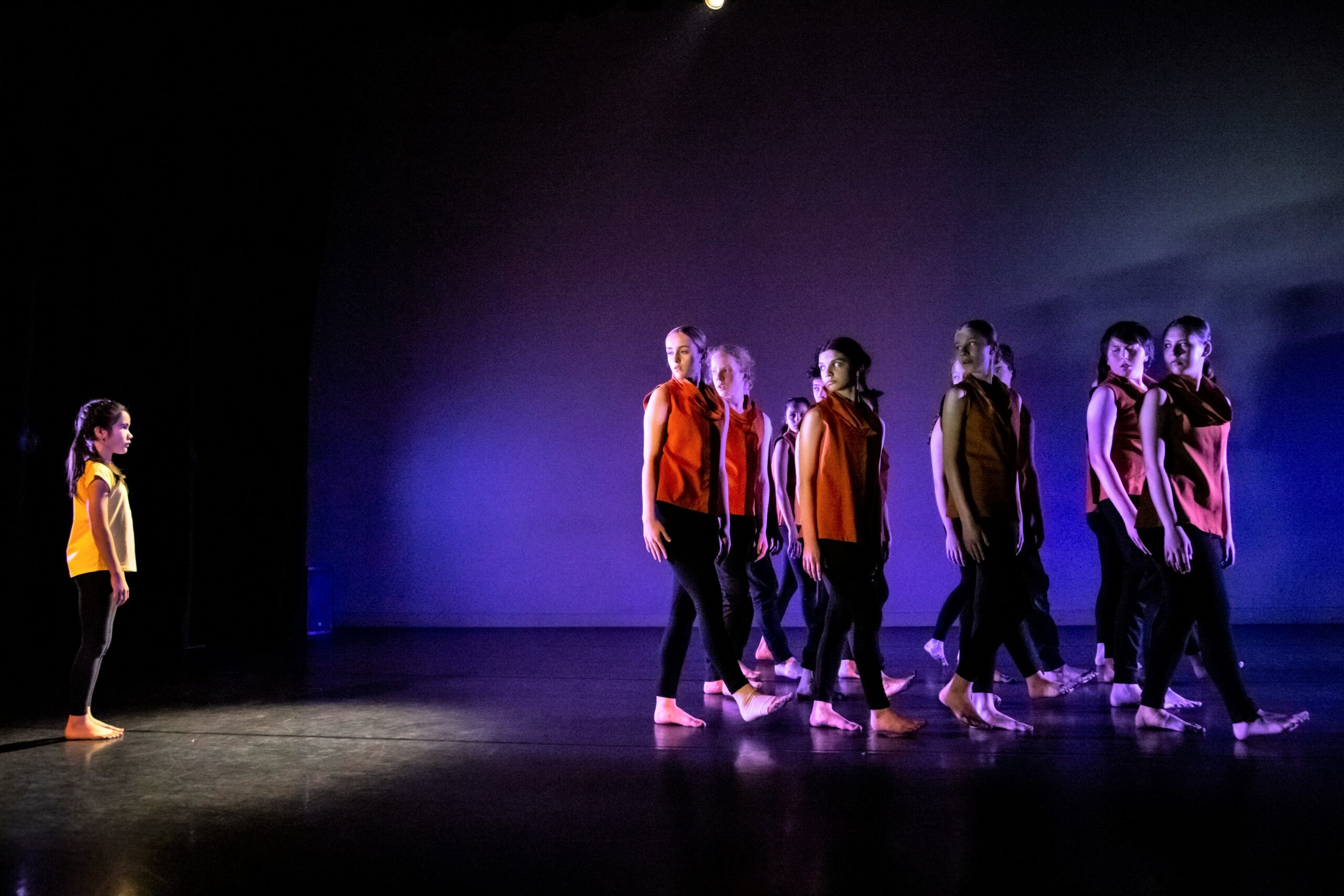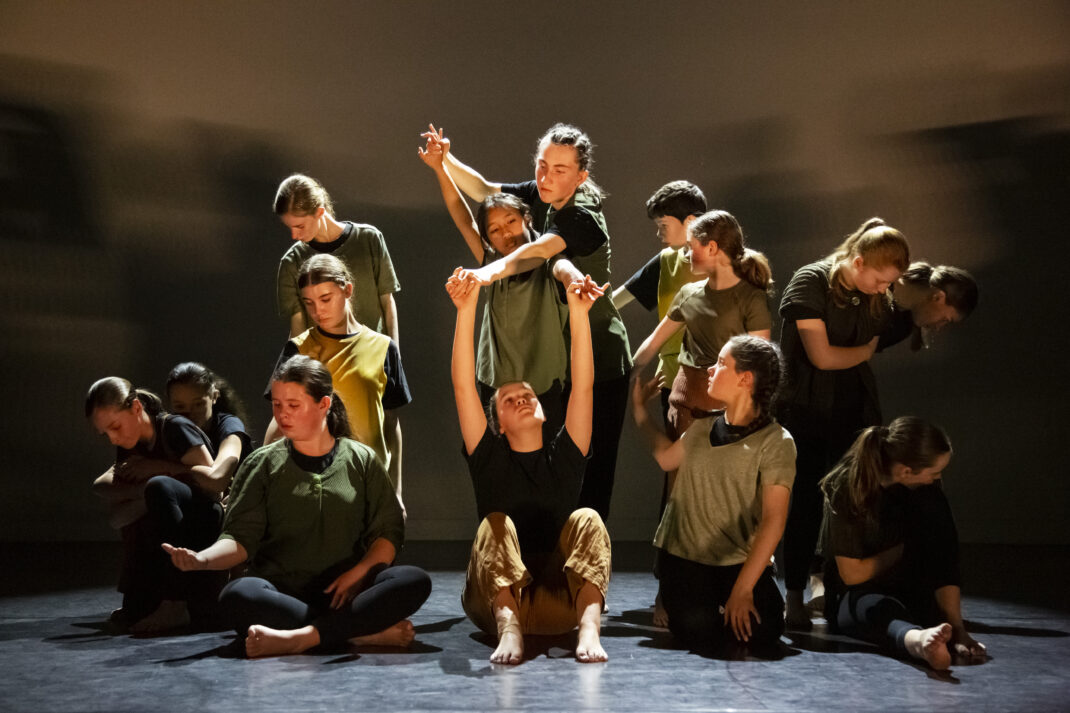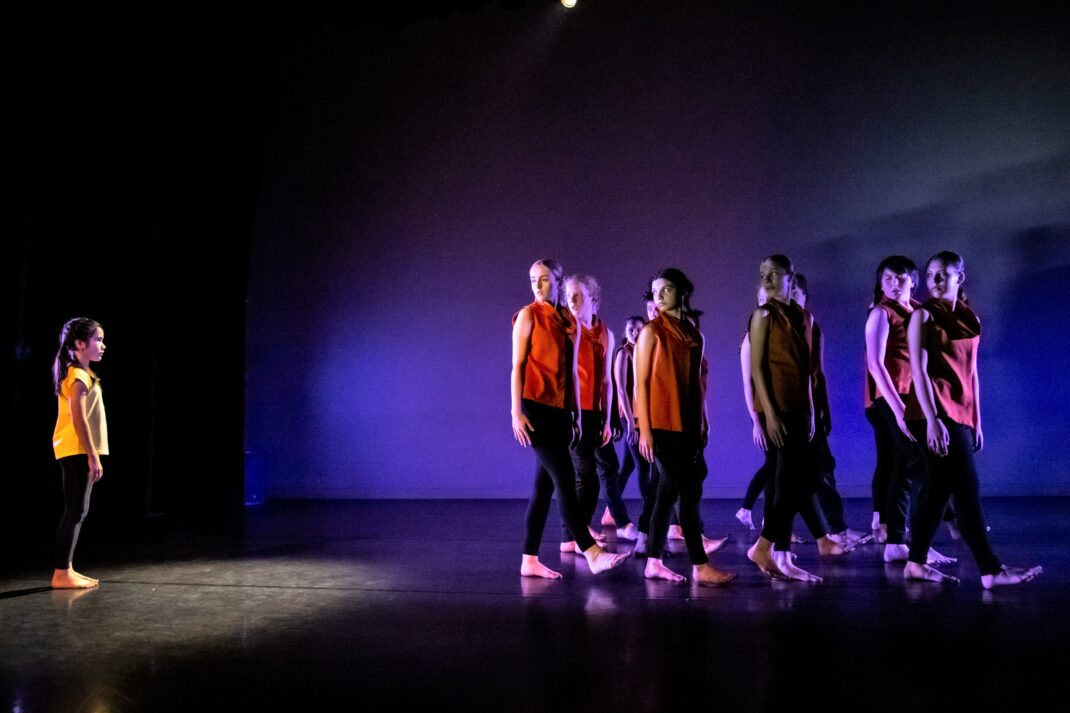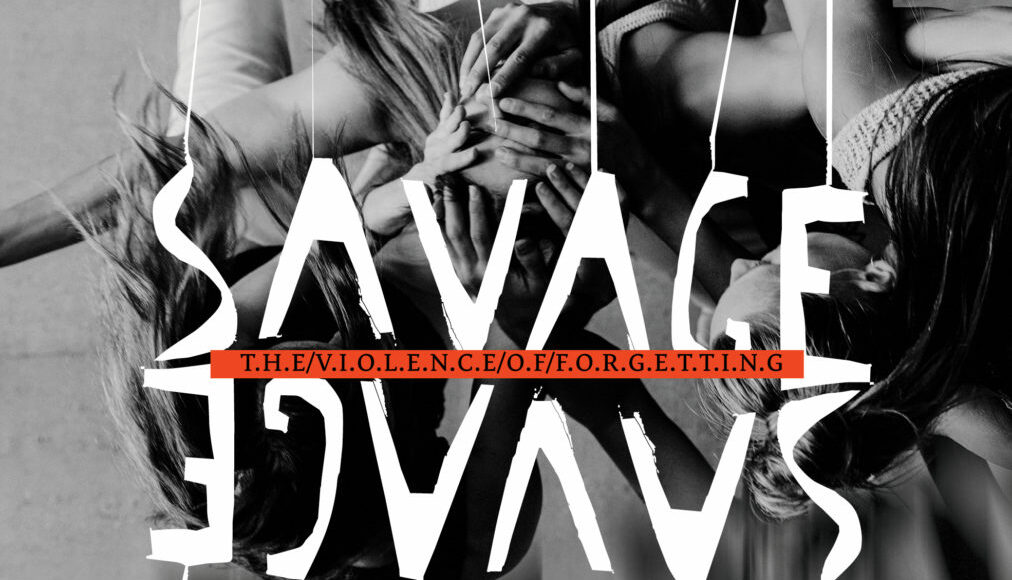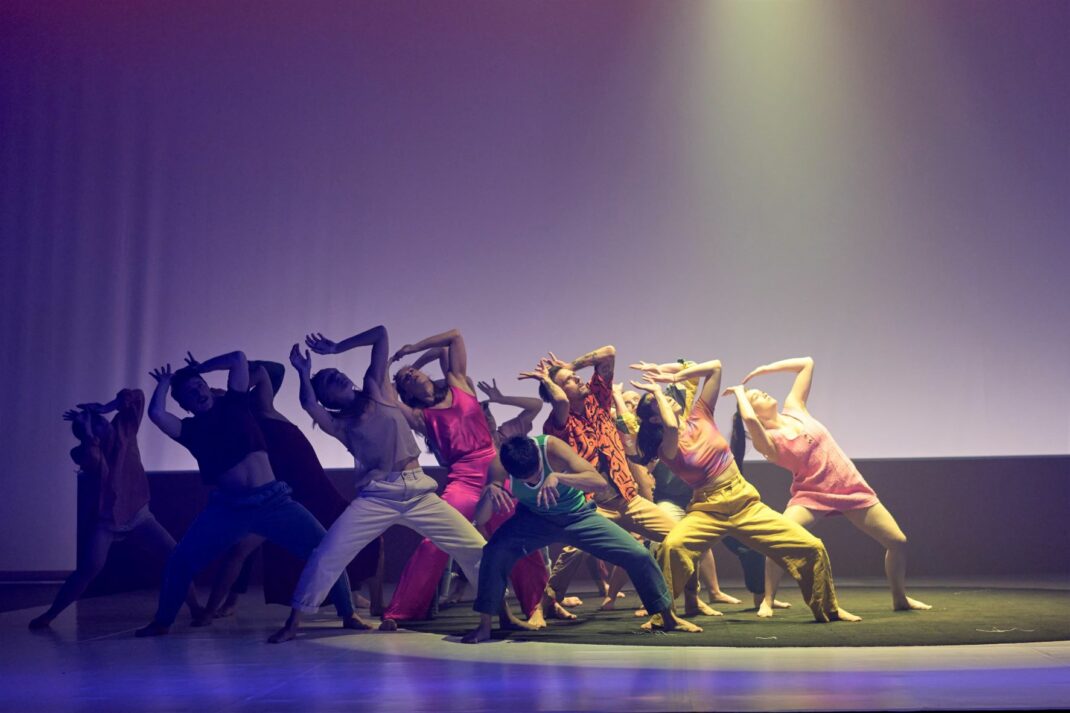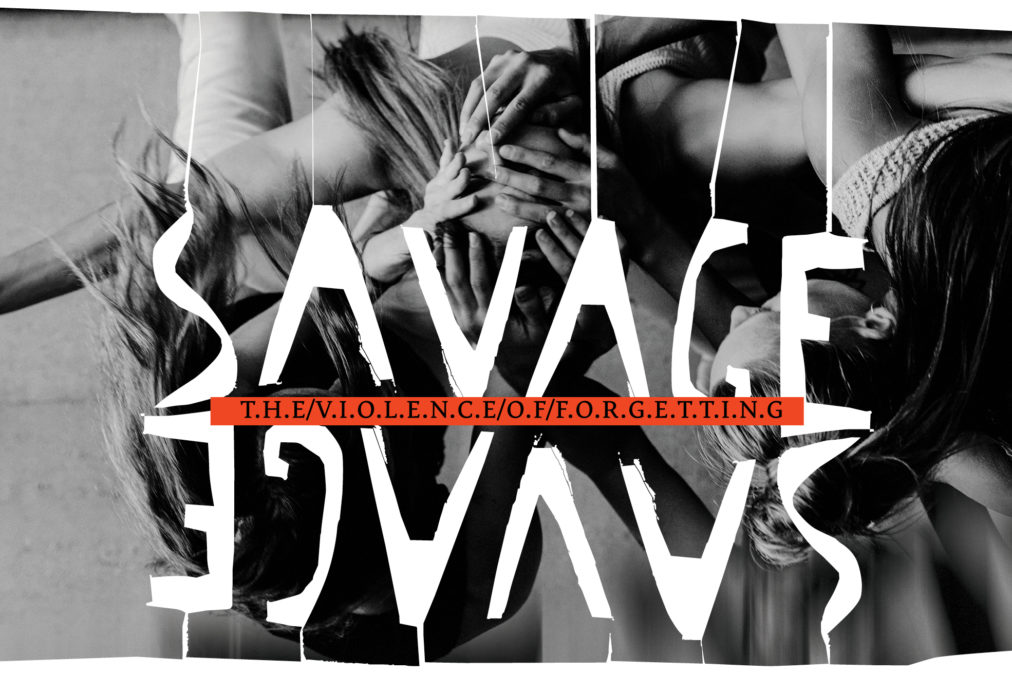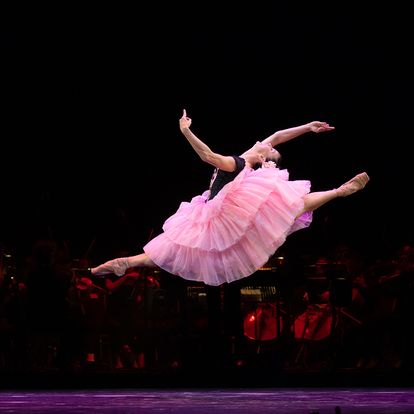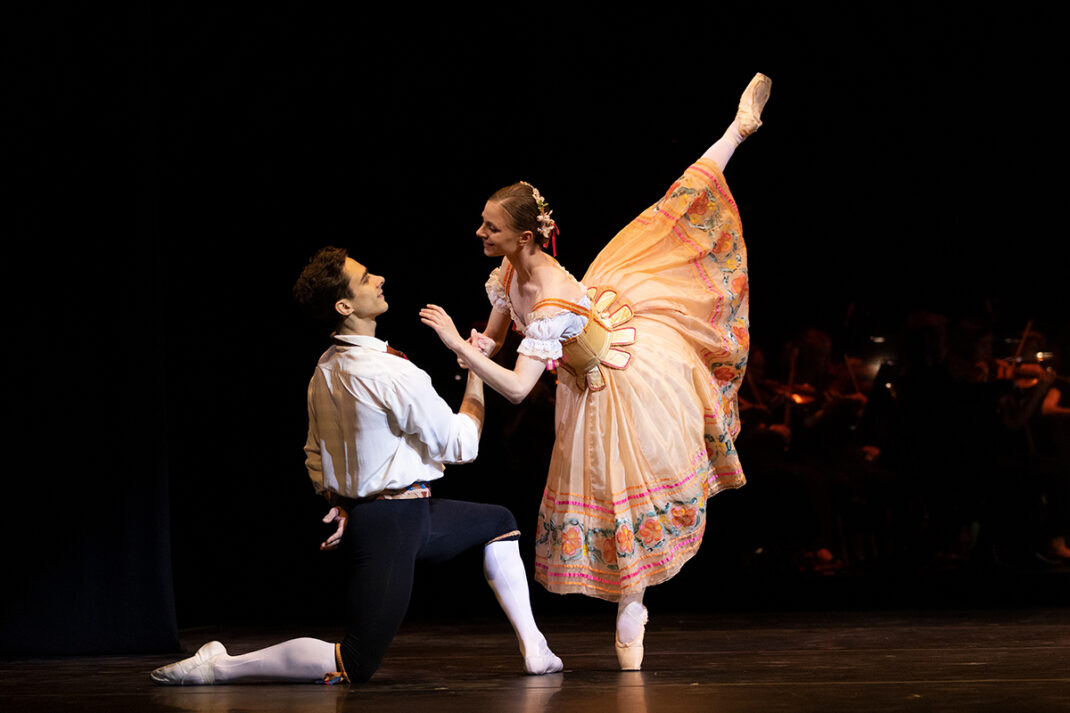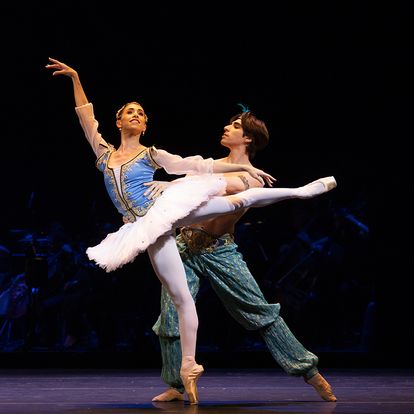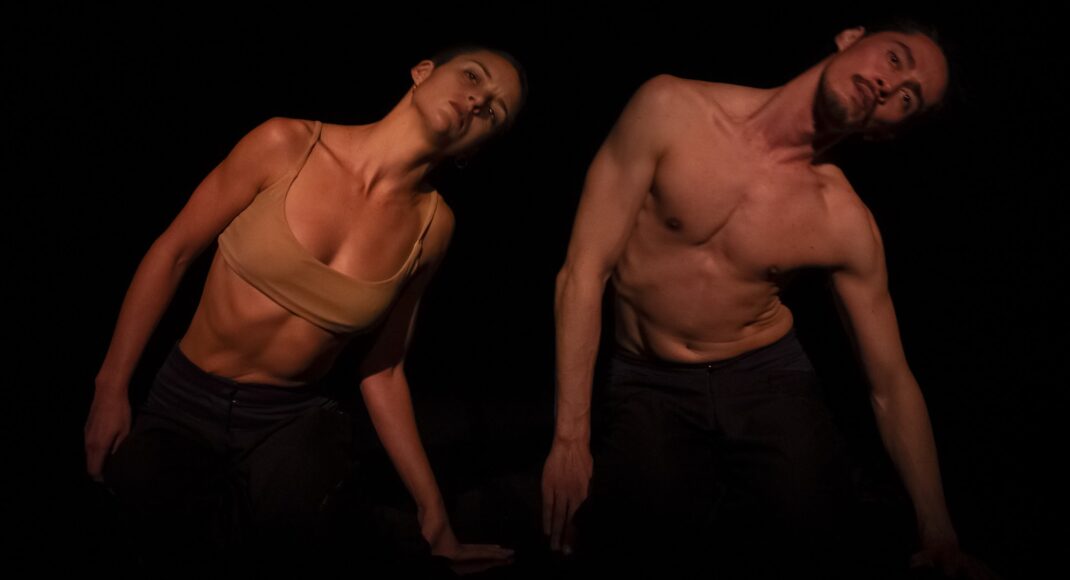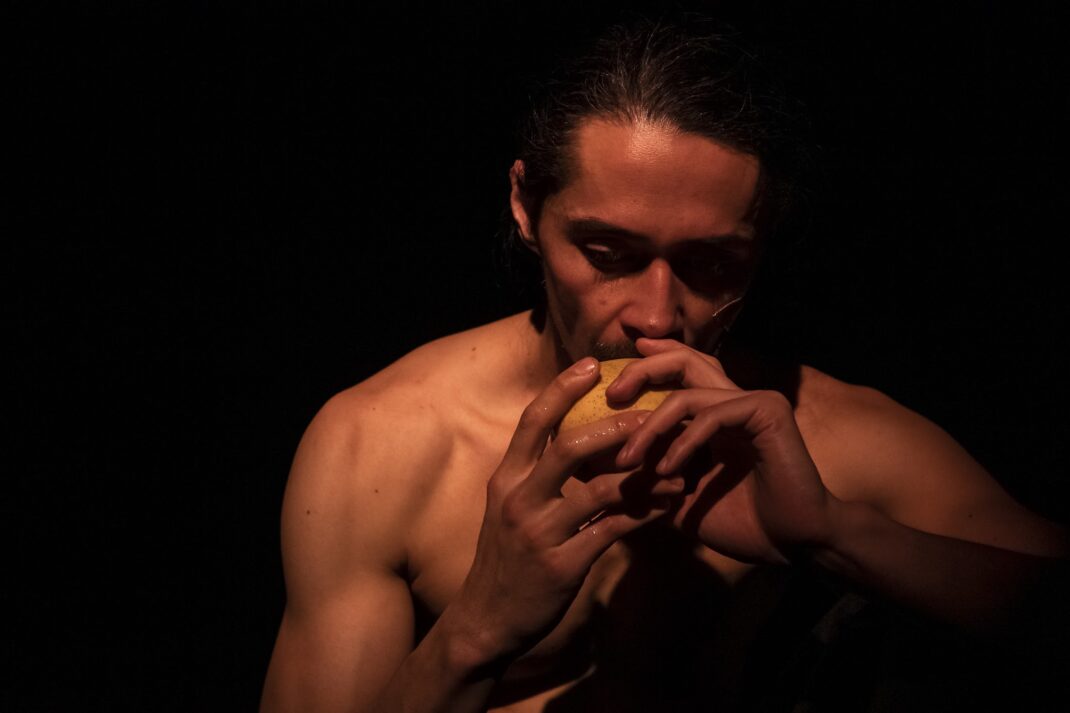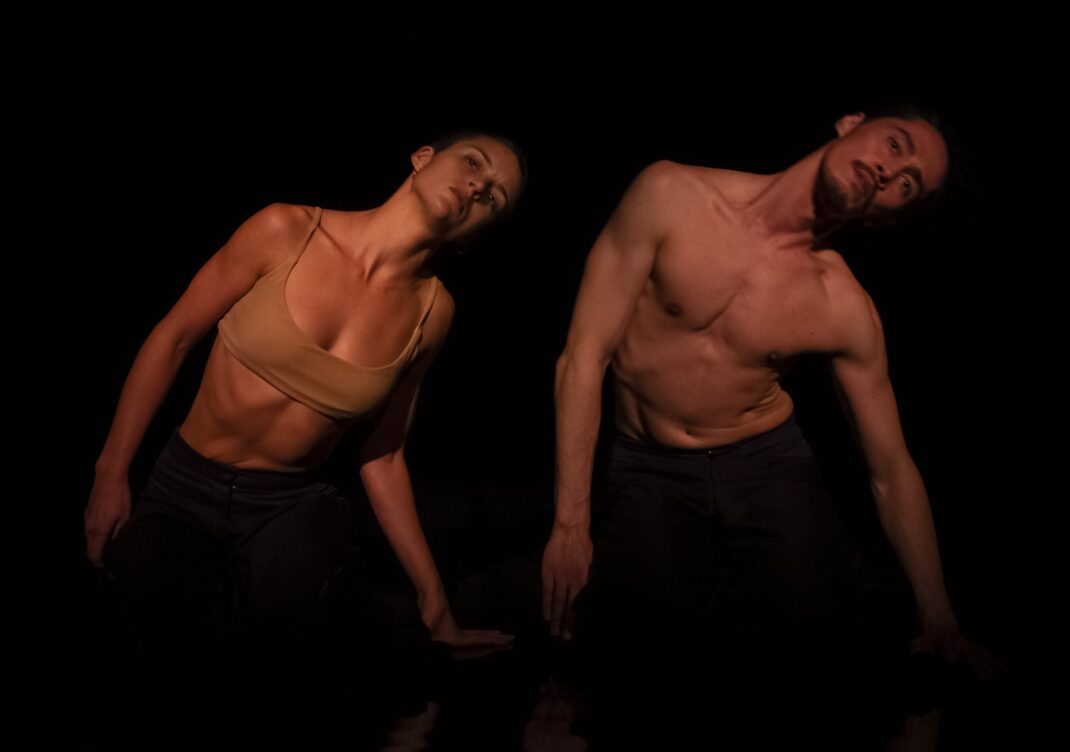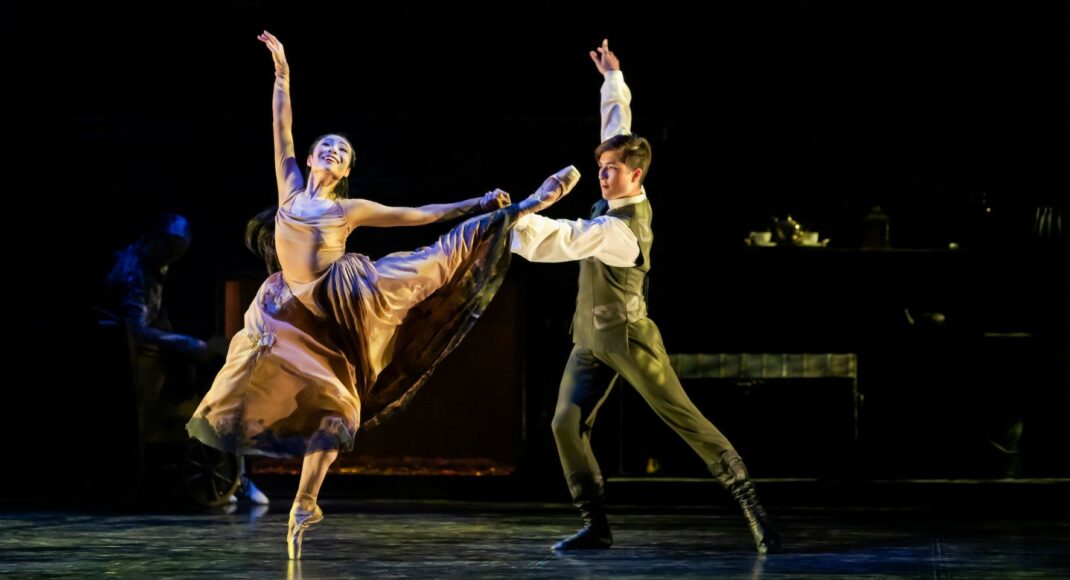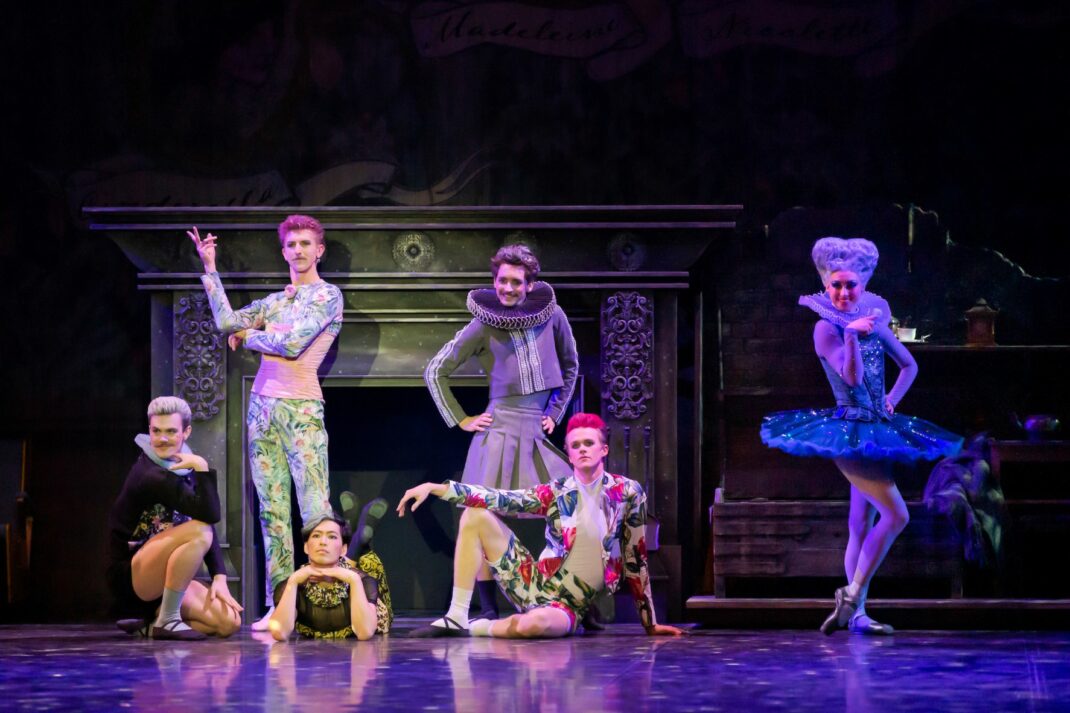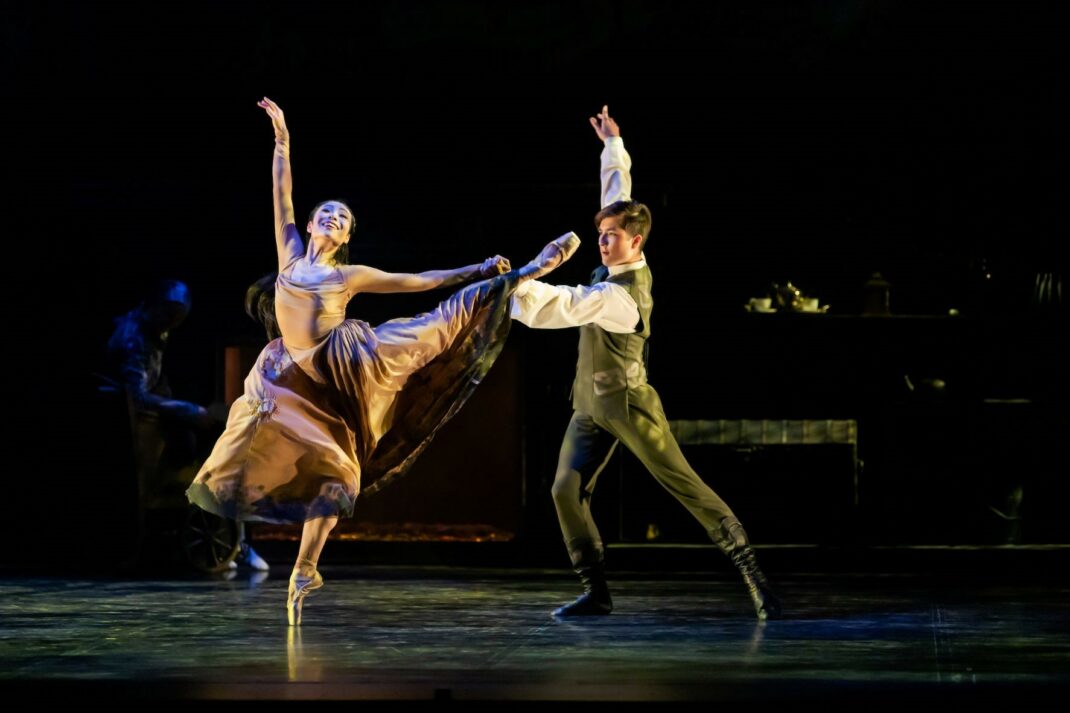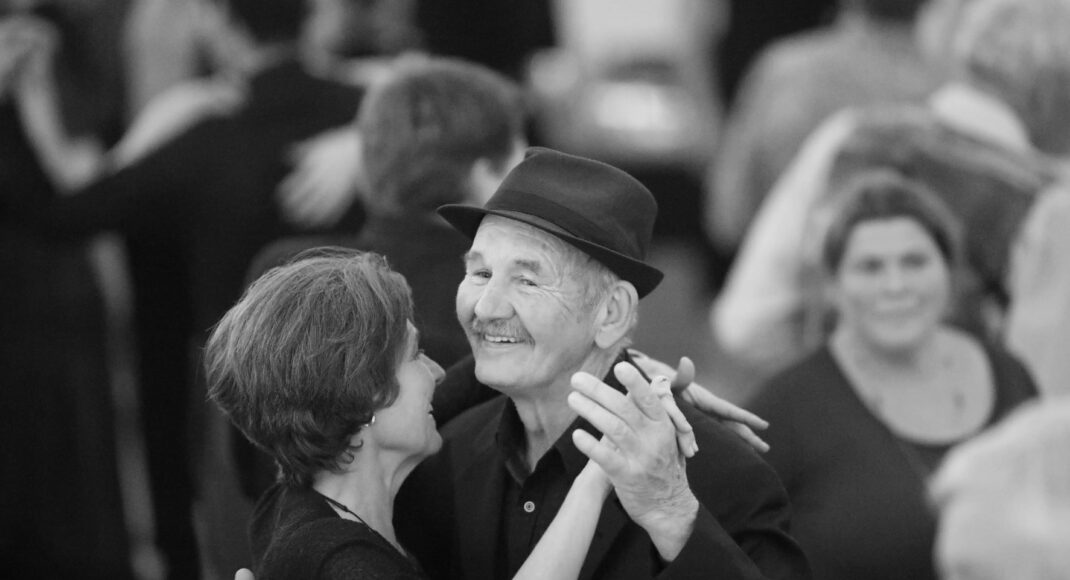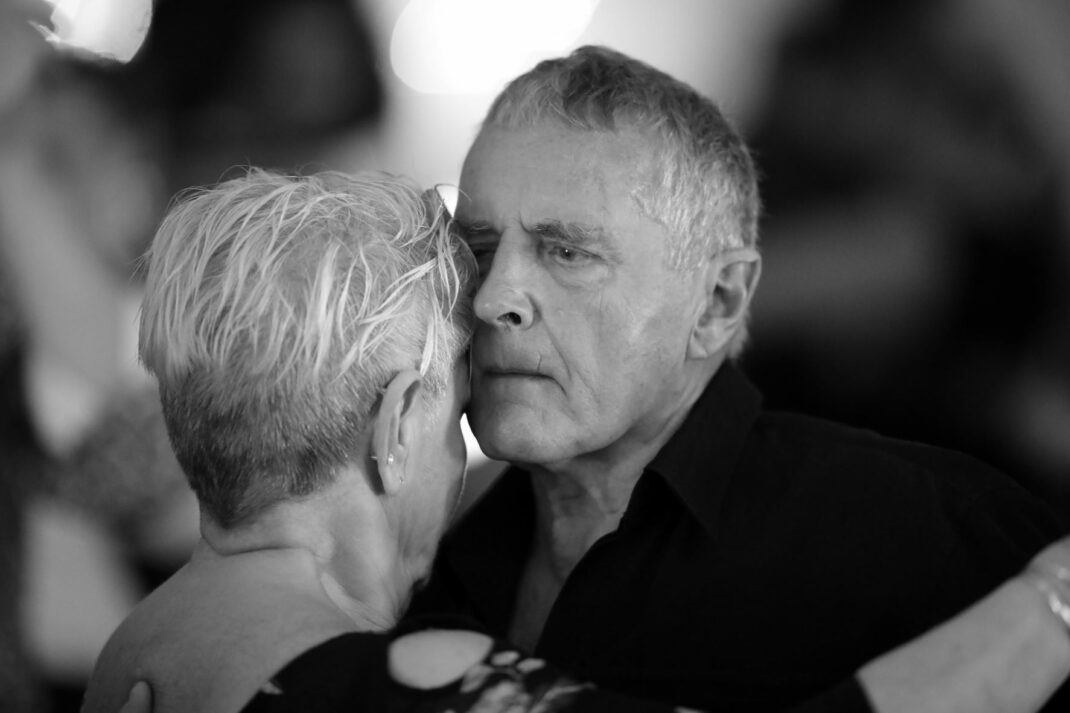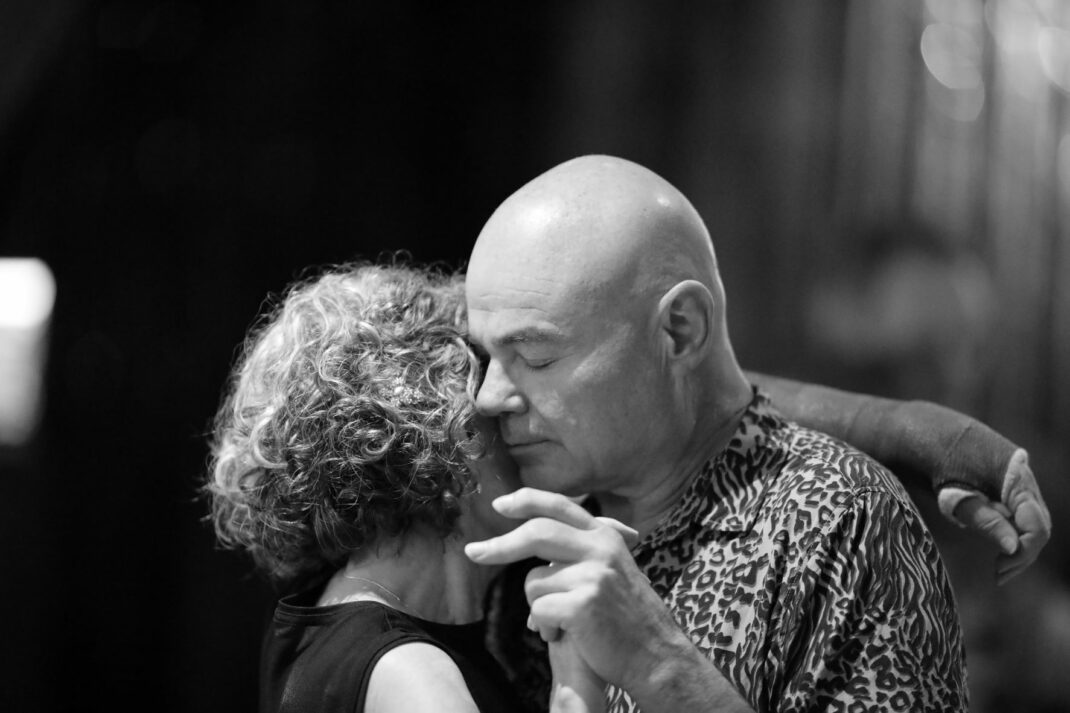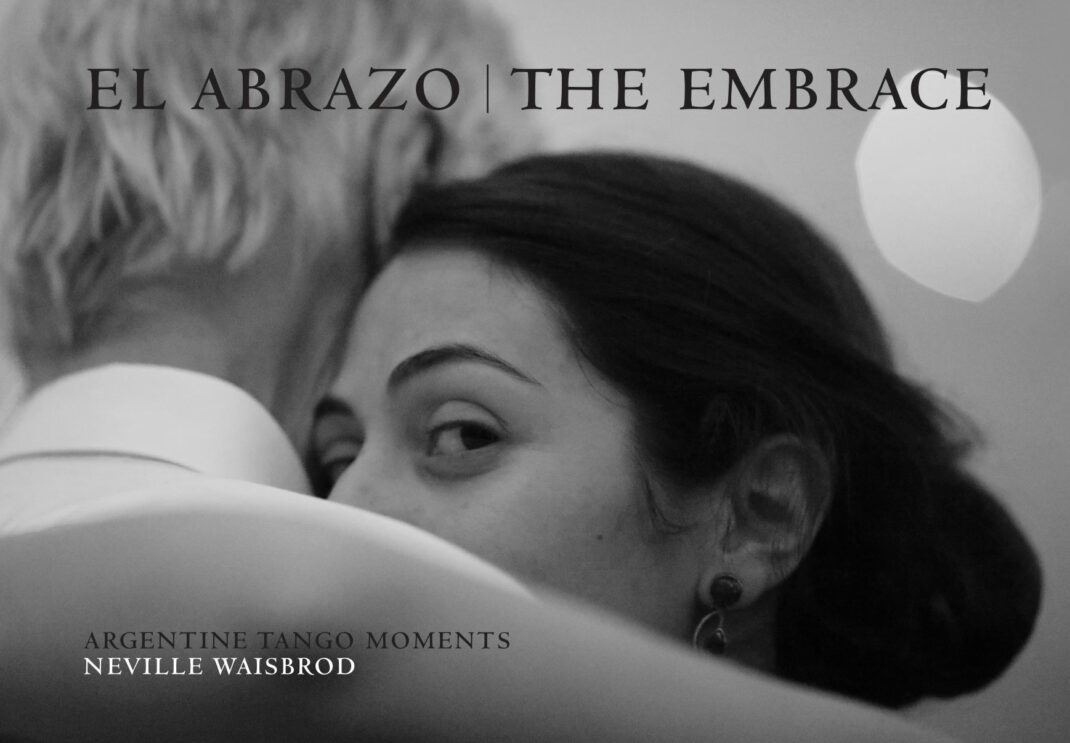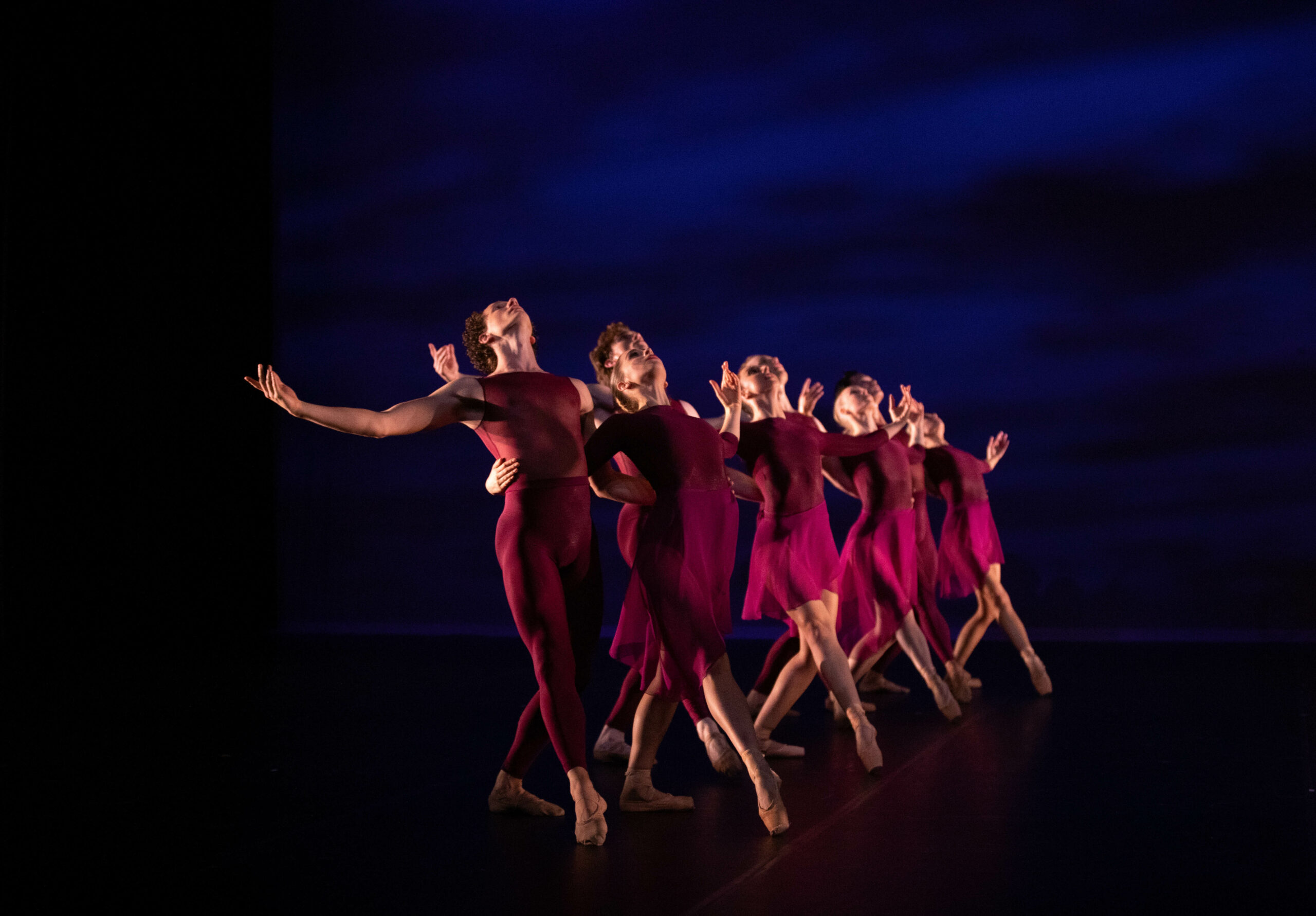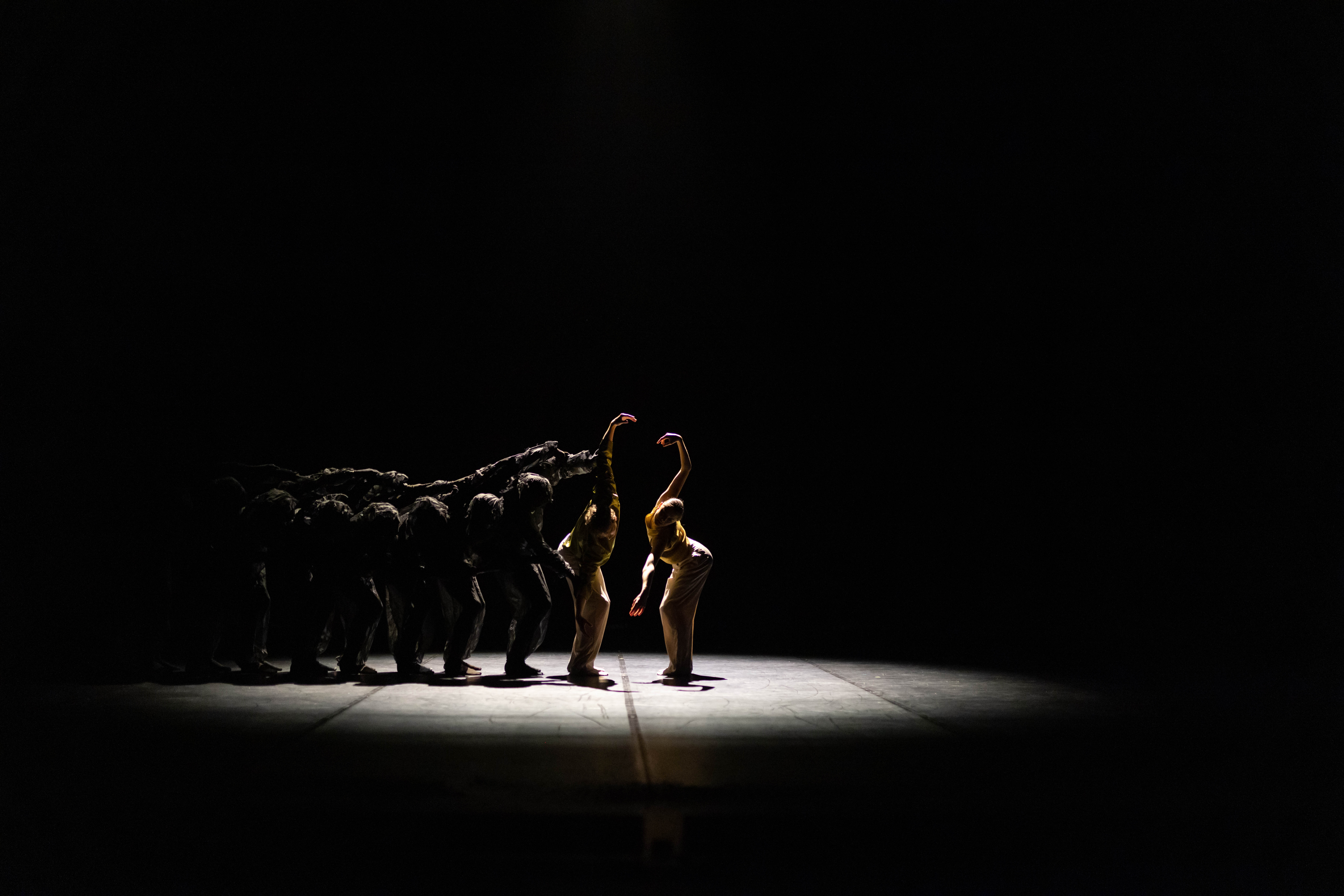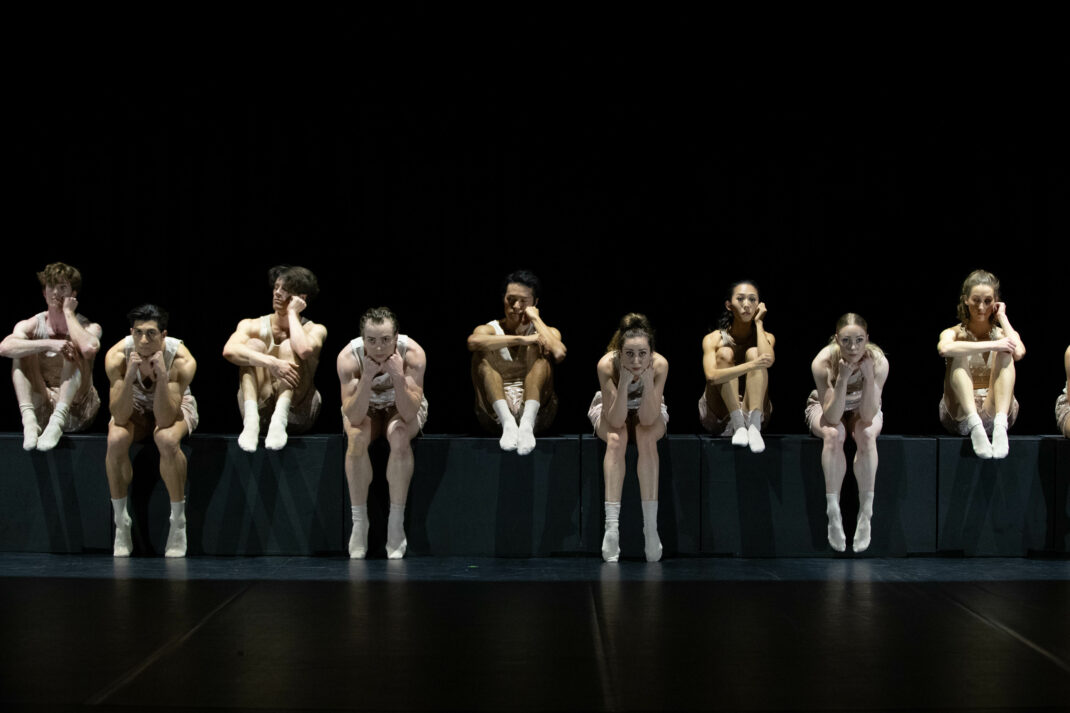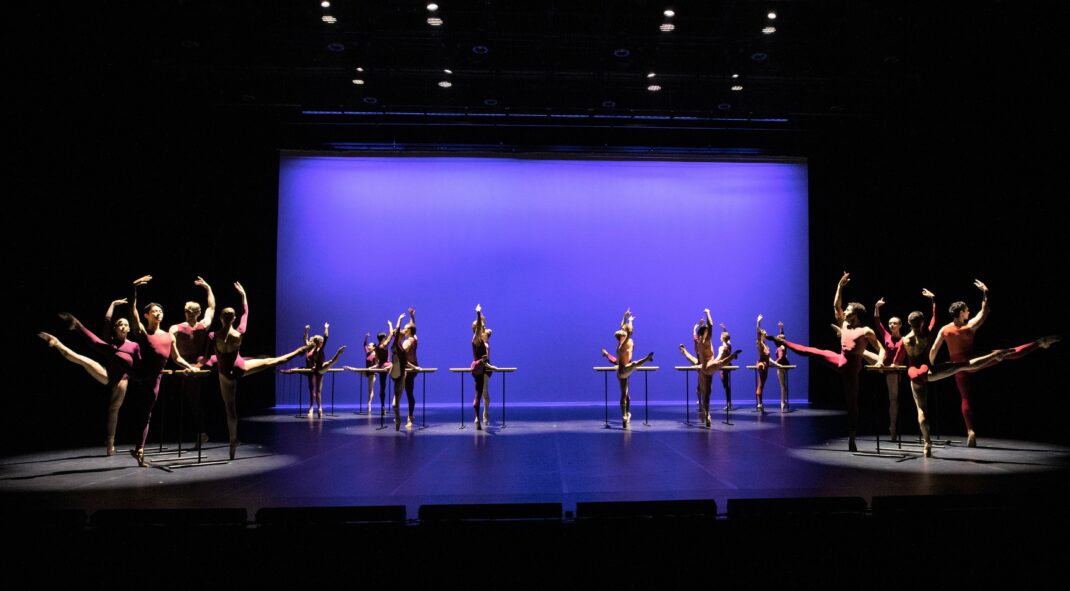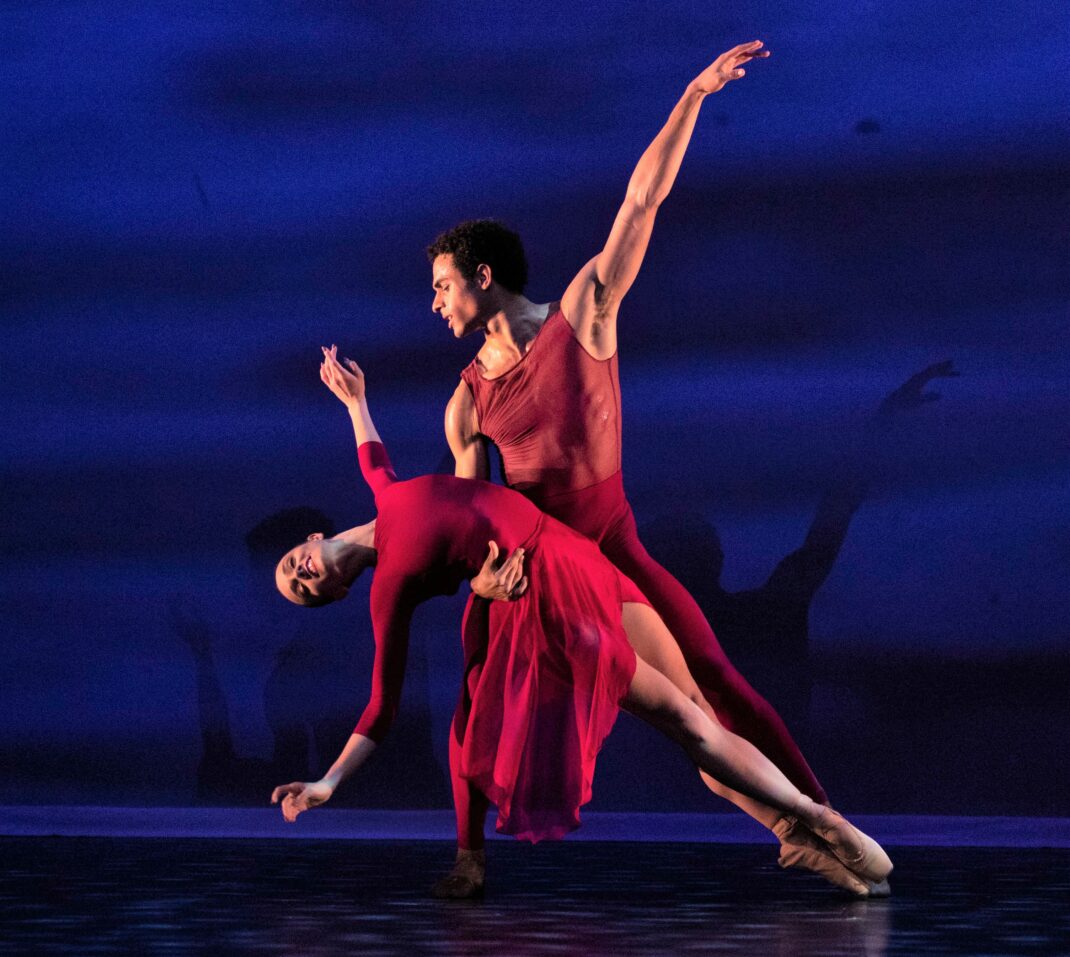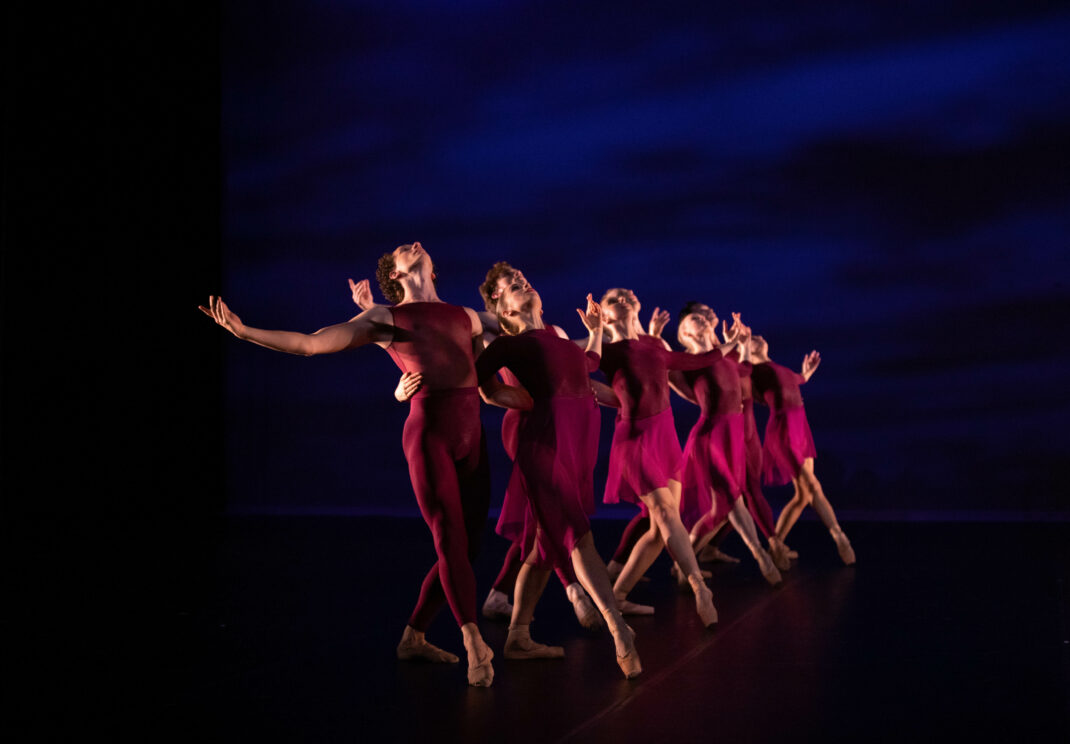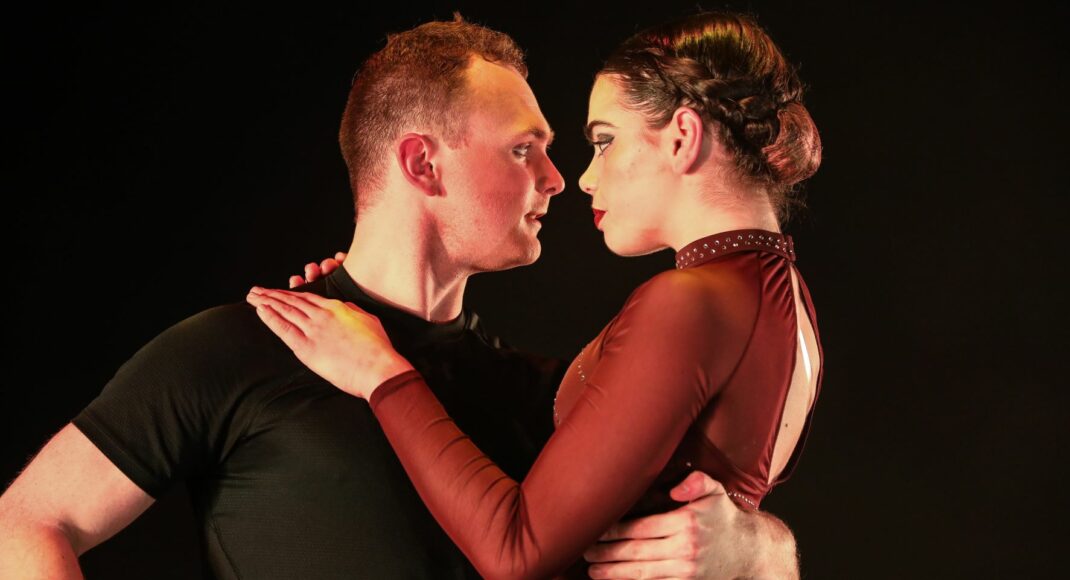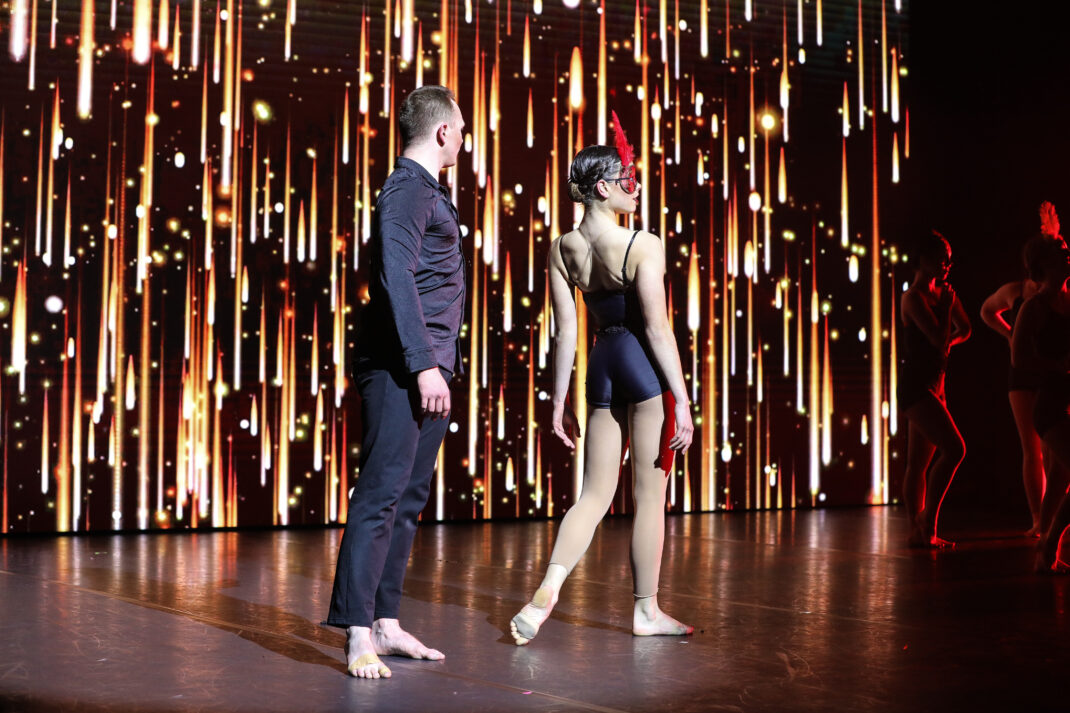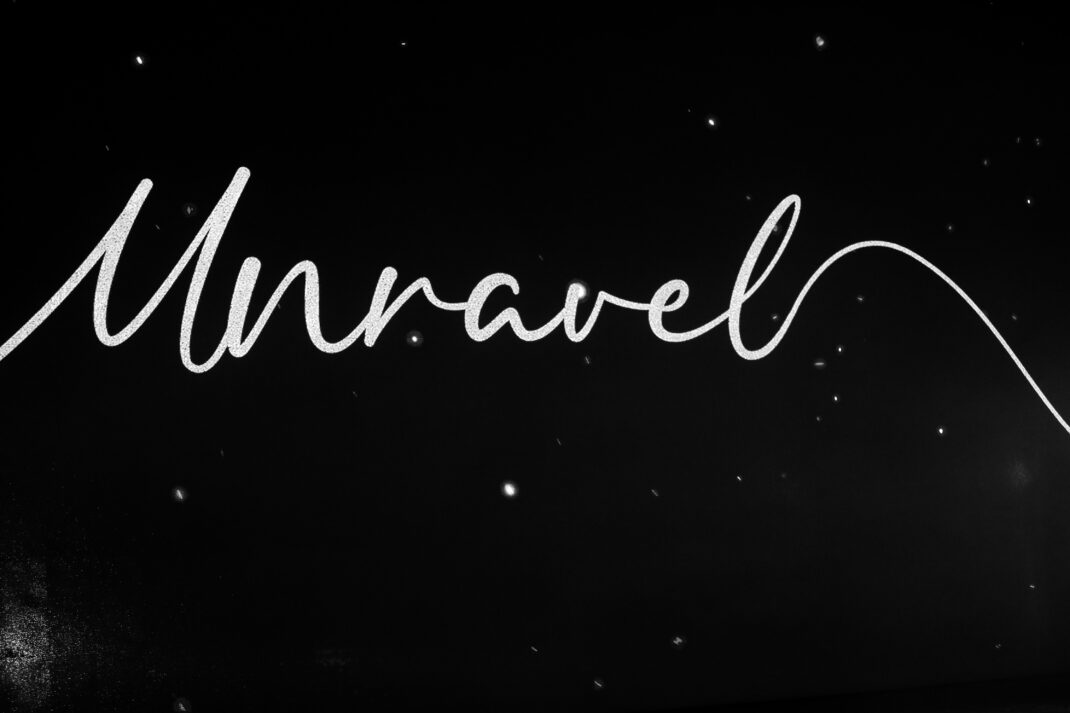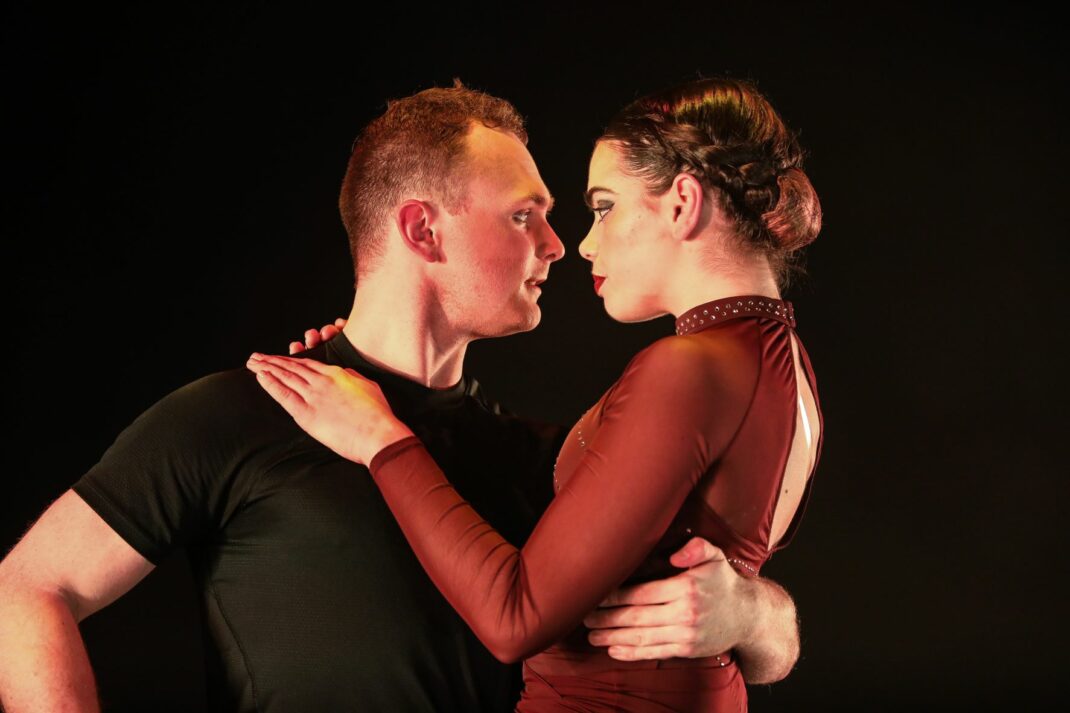5 November 2022. Lake Burley Griffin and Canberra cultural institutions
There it was waiting as we arrived at Canberra’s Lawson Crescent Viewing Dock, a wharf at the edge of the site of the National Museum of Australia. It was a small orange boat holding 28 passengers and named ‘The Gull’. Formerly a fishing boat and now captained by the capable and knowledgeable Jim Patterson, it was to take us on a ‘Culture Cruise’, a four hour journey, which began and finished on Lake Burley Griffin, and which was the brainchild of the ever-adventurous Australian Dance Party.

The first leg of the trip took us across the calm and peaceful waters of the lake to Queen Victoria Wharf not far from Canberra’s Reconciliation Place. It was a relaxing ride of 20 minutes or so and it was a pleasure to see the buildings that we in Canberra know well but mostly see from a different vantage point. For those who may not know the buildings that dot Canberra’s lake shores, Captain Jim had a number of stories, historical and sometimes humour-filled, to tell.
The dancing began as we walked up to and through Reconciliation Place and continued as we crossed to the Portrait Gallery. Yolanda Lowatta danced solo during this part of the journey. She was a powerful figure in the quite simple choreography, which sometimes was performed around the structures making up the Place, and sometimes in the surrounding grassy and tree-filled landscape. Her strength had an emotional underpinning and gave rise to thoughts on the Indigenous aspects of the land on which she was dancing, and across which we were walking, Ngunnawal land.
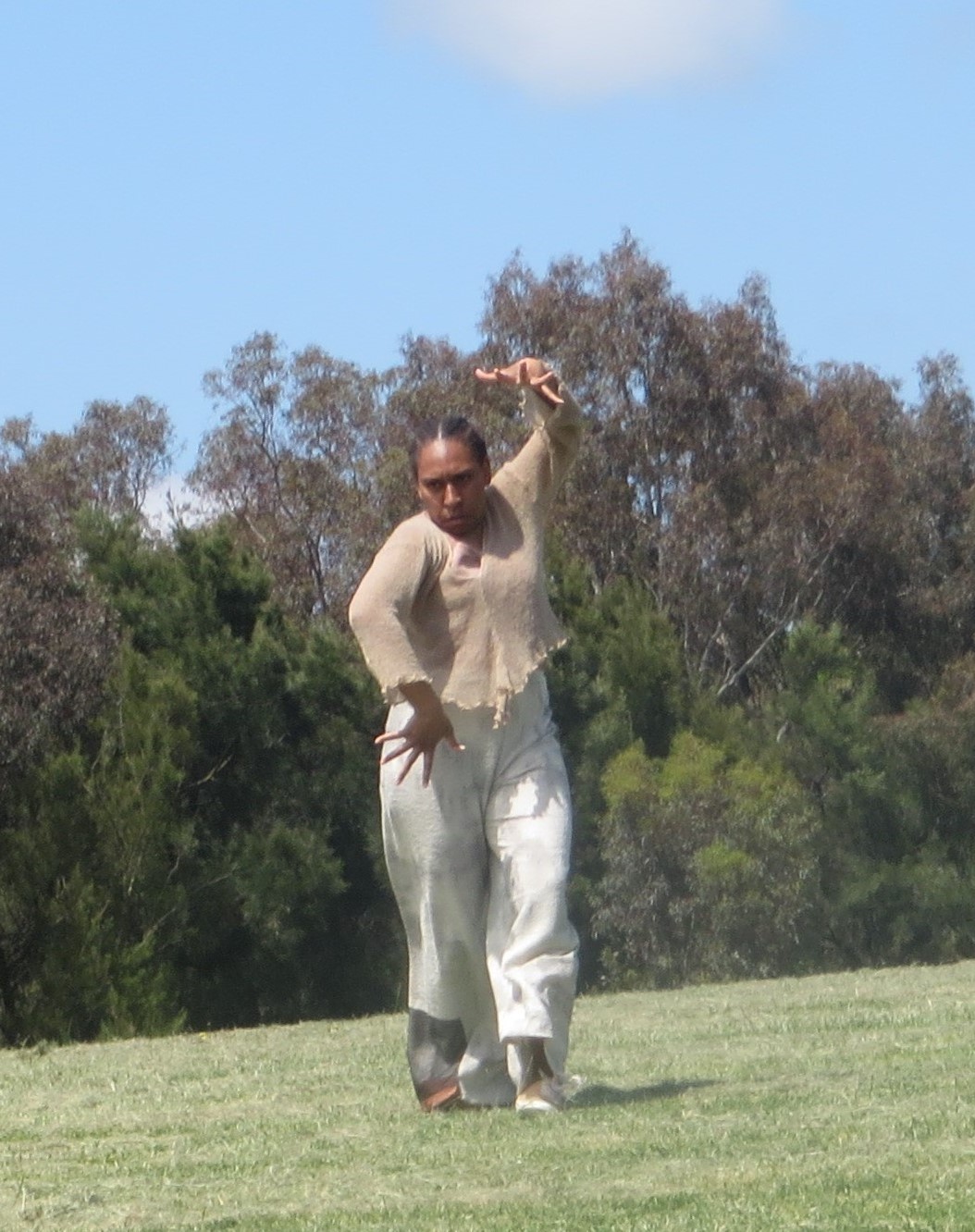


From Reconciliation Place we walked on to the National Portrait Gallery where a row of seats outside the Gallery entrance awaited us. The performance began with music from jazz vocalist and composer Creswick (aka Liam Budge) who was soon joined by dancer Levente Szabo and then Lowatta. Szabo’s dancing was quite acrobatic while Lowatta’s had something of a Hispanic feel to it. They danced together and separately and their dancing, especially their interactions (sometimes also with Creswick), was always stimulating to watch. After this section of dancing we entered the Portrait Gallery and were given some time to see the art works on show, especially in the current exhibition, Who are you: Australian portraiture. Amongst a huge range of art works in the exhibition one stood out on this occasion for me, a charming head and shoulders portrait, which I had not seen before, of Dame Margaret Scott created by Kenneth Rowell in 1949.
Perhaps my favourite part of the journey came as we left the Portrait Gallery and headed in the direction of the National Gallery. We were led on this part of the journey by Levente Szabo who danced across the plaza in front of the High Court and over the bridge linking the the two well-known ‘brutalist’ buildings, the High Court itself and the National Gallery. He used the structures surrounding the buildings, and the space they occupied, in an interactive and skilful manner, and worked in a similar way as we moved past the Gallery and towards our lunch stop.
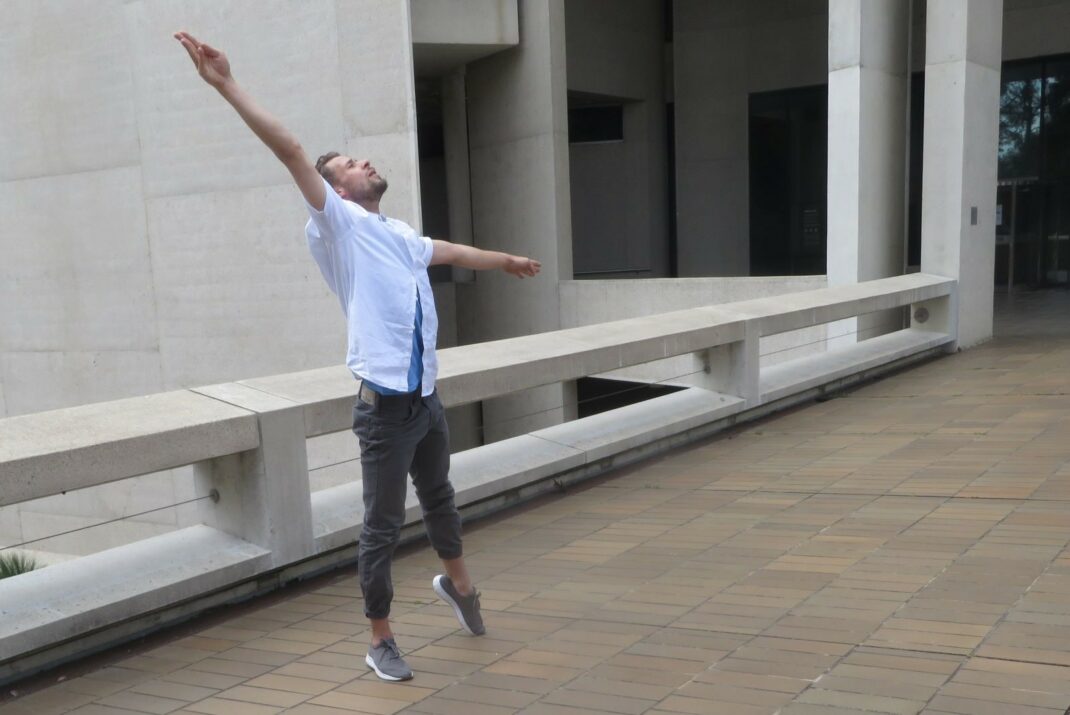
Lunch was served at the Jetty Kiosk before we took to the boat again, with a glass of local wine, for another relaxing journey on water back to our starting point. The adventure ended in the amphitheatre at the Garden of Australian Dreams at the National Museum where we were entertained again by Creswick before being invited to experience the Museum’s newest space the Great Southern Land Gallery.
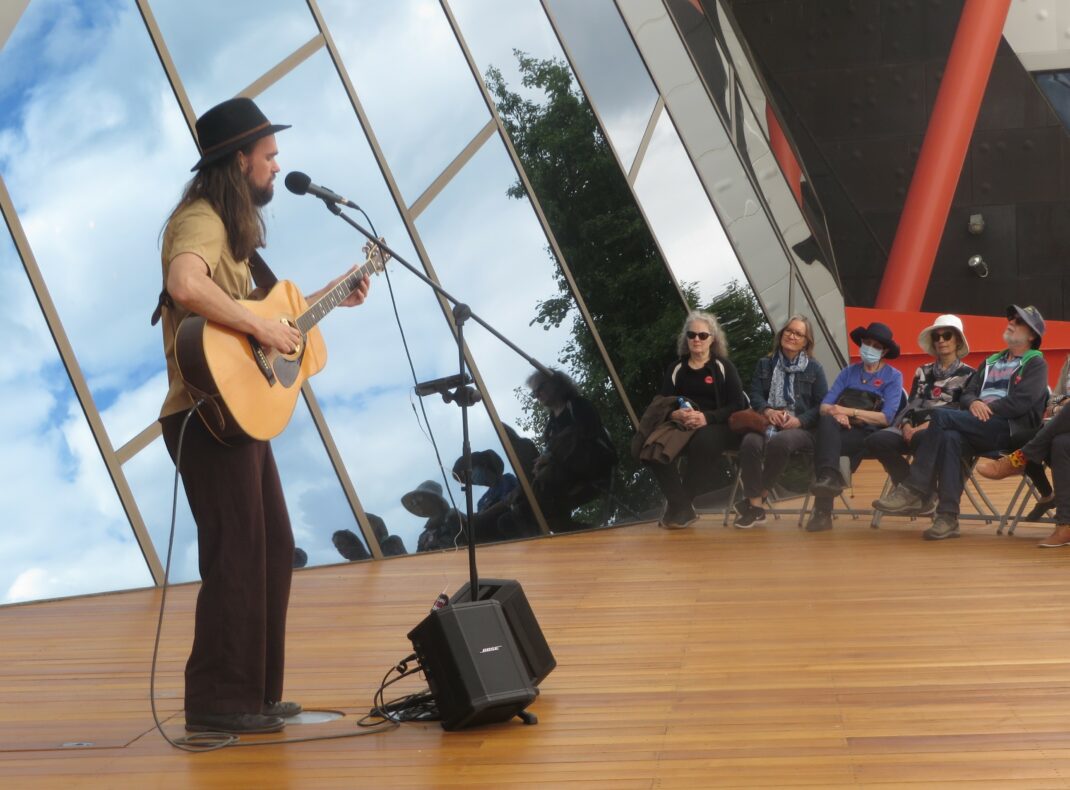
Culture Cruise was created and presented by the Australian Dance Party as part of the Canberra Art Biennial. It was an extraordinarily memorable experience led by Stefanie Lekkas, a guide with a strong theatrical background, and with Indigenous cultural input from Ngunnawal advisors Aunty Caroline Hughes and Tara Hughes. It brought together over half a day so many aspects of Canberra’s cultural life—art, architecture, dance, music, food and wine and more—as well as giving an opportunity to take in the immediate landscape, the expansive lake and the beautiful surrounding mountains, the Brindabellas. While it would be an exceptional experience for visitors to Canberra, I (having lived in Canberra for 50+ years now) found so much to enjoy and think about. There are plans for Culture Cruise to continue in 2023. Do take the opportunity to join a cruise. You won’t be disappointed.
Michelle Potter, 8 November 2022
Featured image: ‘The Gull’ moored at Lawson Crescent Viewing Deck.
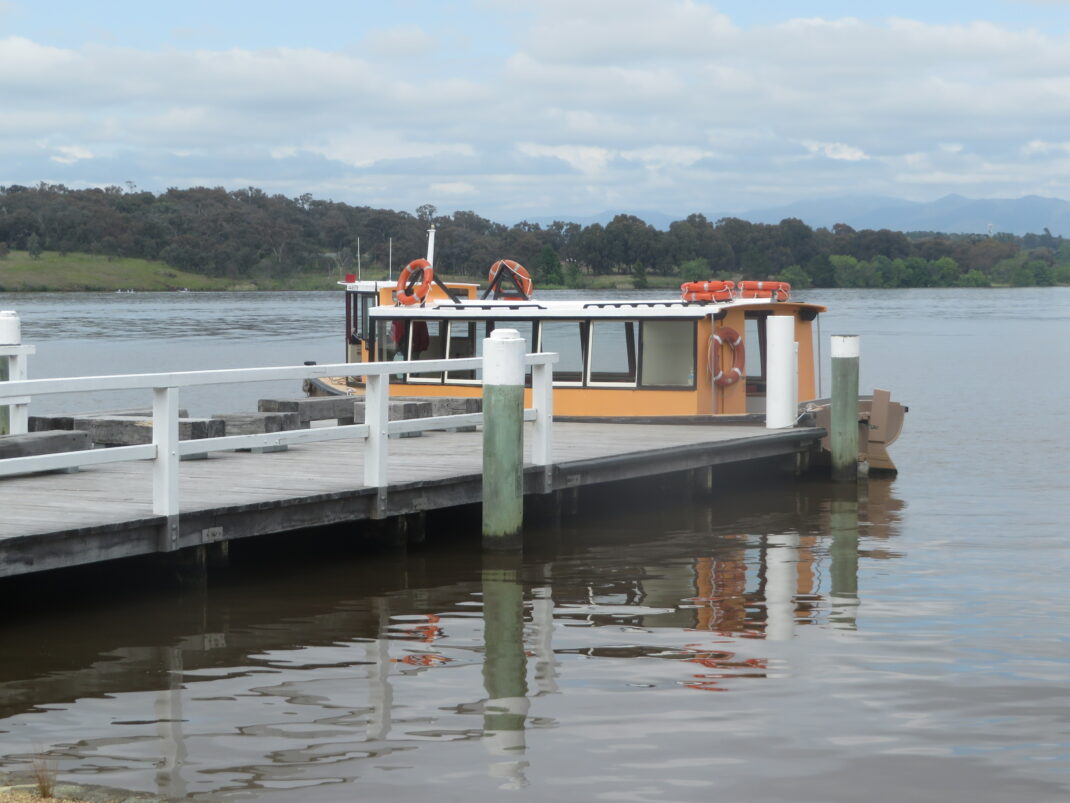
All photos: Michelle Potter
